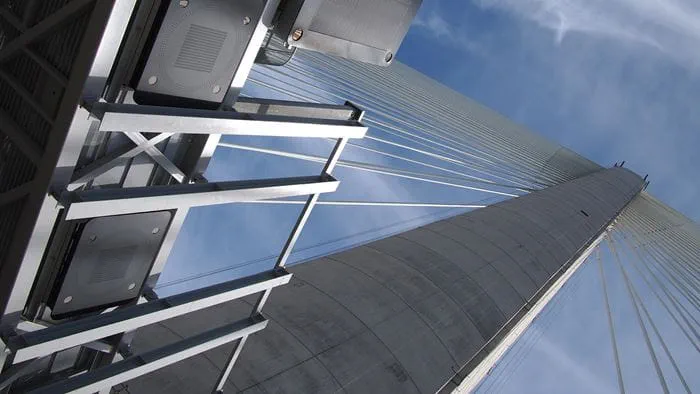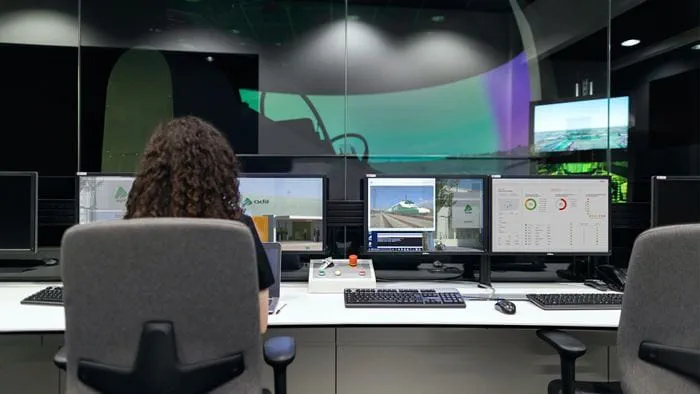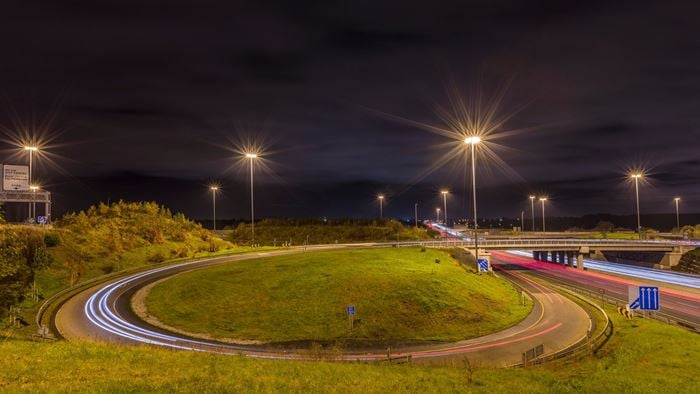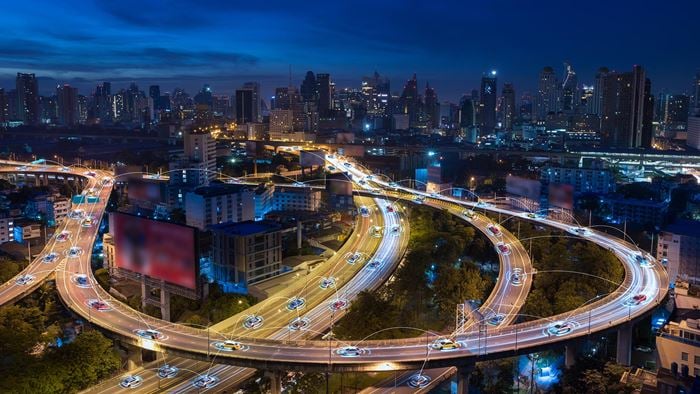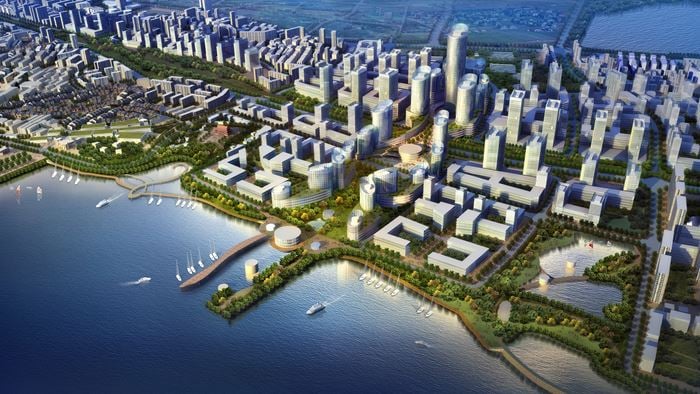In the last 10 to 15 years, countless cities worldwide have branded themselves as ‘smart’, some as branding strategies, others as genuine attempts to leverage advanced technologies to improve traffic, enhance security, deliver public services online and create engaging public places. Yet years later, the results are underwhelming: unused technologies, unsolved problems, pilots abandoned halfway…Why?
Tech-driven, not problem-driven
In planning smart cities, governments and developers get distracted by tech fads without a preliminary understanding of the problems to solve. While drones and blockchain make for glossy marketing brochures, do they address pressing issues – and can these issues be tackled without technology?
Implementation is messy
Technologies that work perfectly well in labs rarely do so in the real world without significant investments in integration, training and process improvements. While a technology which regulates traffic is useful, it may require expensive integration with legacy systems, continuous staff training and an overhaul of how transport authorities monitor and influence traffic. Technology is just the tip of the iceberg. For it to work properly in a given environment, many other elements need to be properly re-designed.
Money, money, money
Investing in a smart city is an investment like any other – it needs a clear return, based on a sound understanding of both CAPEX and OPEX involved, value (savings, new revenue created) and most importantly, of who will be bearing the former and capturing the latter. As such, smart initiatives often involve a complex web of stakeholders and money flows that must be calibrated just right to be financially sustainable. However, this operational and money equation rarely receives proper attention.
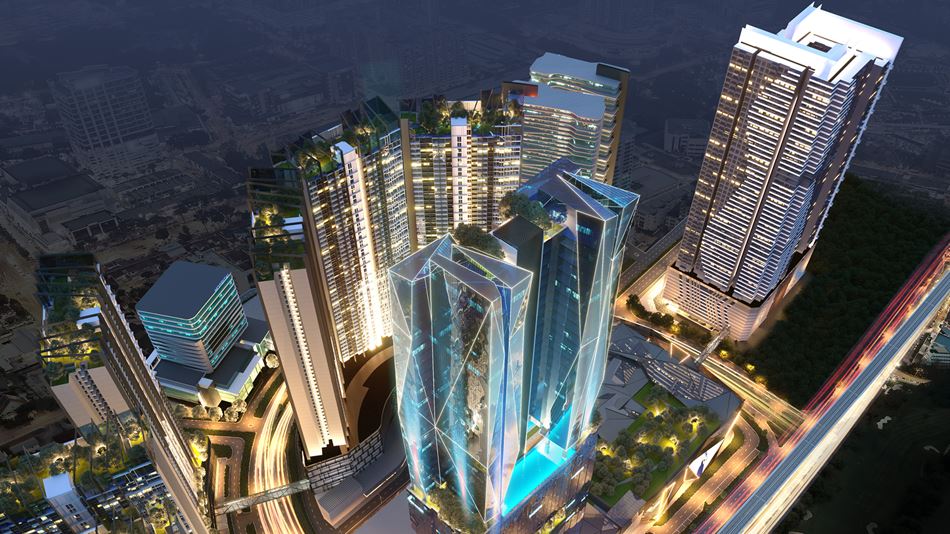
These complications explain why so many smart city projects rarely go beyond glossy brochures, or when they do fall flat. Rio de Janeiro is an example of a smart city success story that, in the end, shows the limitation of a technology-driven approach.
Its integrated Command and Control centre earned the city a ‘World Smart City Award’ from the Smart City Expo World Congress in 2013. While the centre allowed for road monitoring and improvements in traffic, it has also been criticised for not addressing many of the critical challenges faced by the city (poor governance and rampant inequality, among others) and for being an exclusive and secretive initiative.
Hidden behind high walls, the Command and Control centre does not share information with the public and it focuses surveillance on the most affluent portions of town. In addition, the centre uses hard-wired, integrated IBM technologies which are incredibly costly and complex to update overtime.
Rio’s struggle to get the alchemy of smart city right is only one of the many examples of unimplemented ideas, programs abandoned halfway, or technology not having real impact abound globally.
As they embark on their own smart city journeys, Malaysian cities like Kuala Lumpur and Penang have a unique opportunity to learn from their peers.
As one of the global pioneers of smart city consulting, Arup has been behind the formulation of smart city strategies for many large cities worldwide, in Denmark, Australia, the UK and – more recently – Singapore and Malaysia. In 2015, Arup was a vision partner for the Singapore Housing & Development Board’s (HDB) Smart Urban Habitat Masterplan, and since June 2018 has provided digital masterplanning for Hunza, developer of the 43-acre Penang International Commercial Centre (PICC). PICC aims to be a green, smart and family-focused integrated estate in line with Penang’s Vision 2030.
Drawing on Arup’s global experience, I have picked three key considerations that cities should look at to shape their vision and strategies for a smart masterplan.
Less is more
Arup initiates each project with an exploratory phase focused on defining what will truly make a city or a development unique. With the belief that ‘less is more’, we collaborate with clients to identify priorities to focus on. Should the estate be amazingly walkable? Is the city going to be defined by a strong community? Should this resort stand out for its unique digital experiences? These priorities give the focus needed to do things right.
Experience and outcome-driven
With priorities defined, Arup still does not address technology from the outset, but focuses instead on designing the experiences and outcomes that will achieve these priorities. For example, to increase the attractiveness of a shopping mall, Arup will work with design and landscape architects to define a series of experiences (augmented reality trails, therapeutic gardens, flexible work spaces) designed to turn the shopping mall into lifestyle hub, rather than a mere shopping centre. Design at this stage requires the collaboration of architects, engineers, landscapers and behaviour specialists to create revolutionary spaces and cities.
Impact-focused
When experiences are defined, then and only then can technology be explored, to understand how the right mix of solutions can enable the city’s vision. Rather than throwing fancy fads at simple problems, Arup believes in sound business planning, as well as partnering with private sector and technology partners. Why reinvent the wheel, when bringing Grab, Honestbee and FoodPanda in the right way and right places can truly enable smart experiences?
Digital masterplanning is not about technology, and it should be integrated from the outset in smart city planning. By beginning with a clear vision of what their cities will be, planners can map out key strategies and digital initiatives that enhance both city operations and citizen experiences.
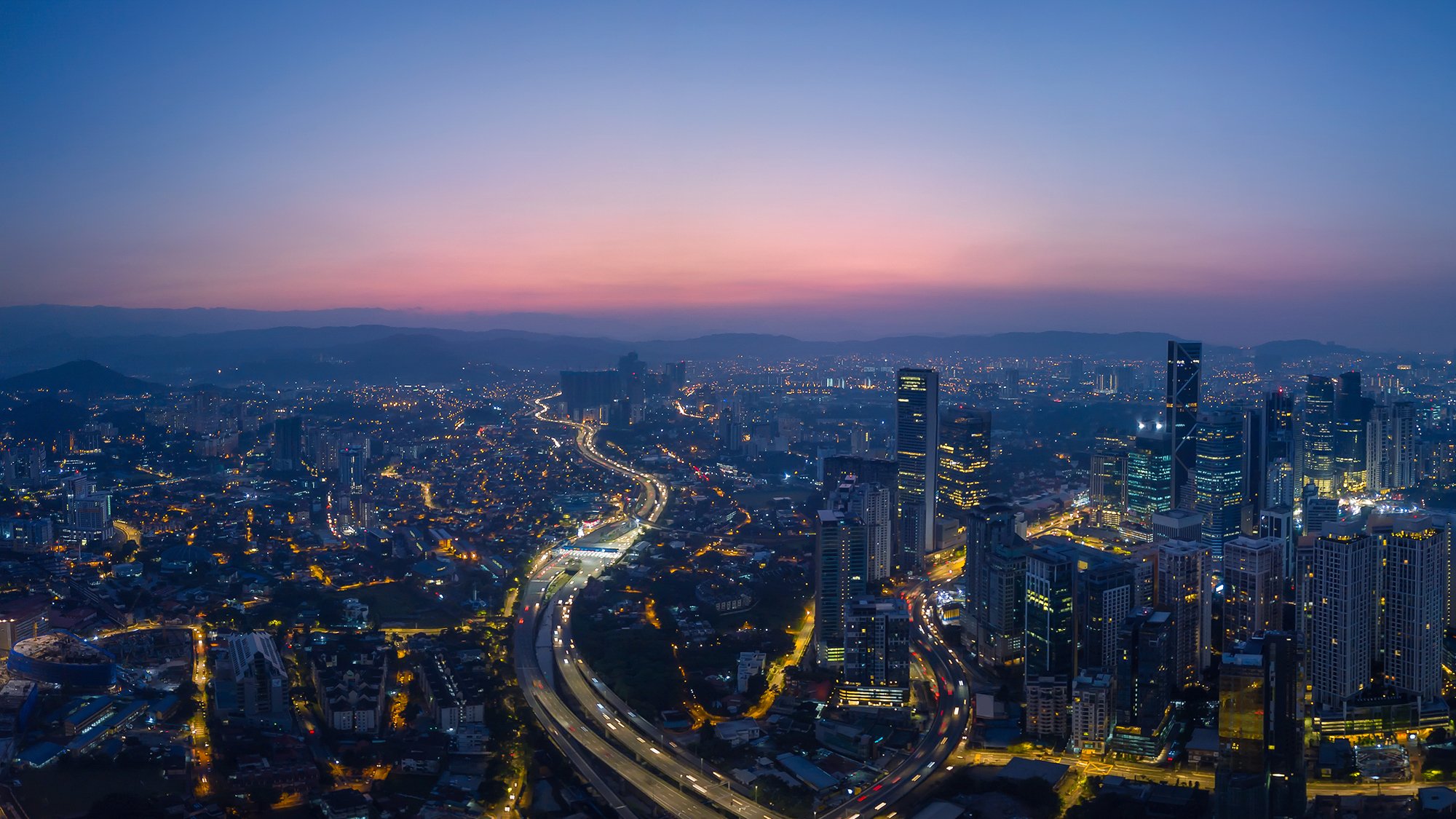 ;
;

